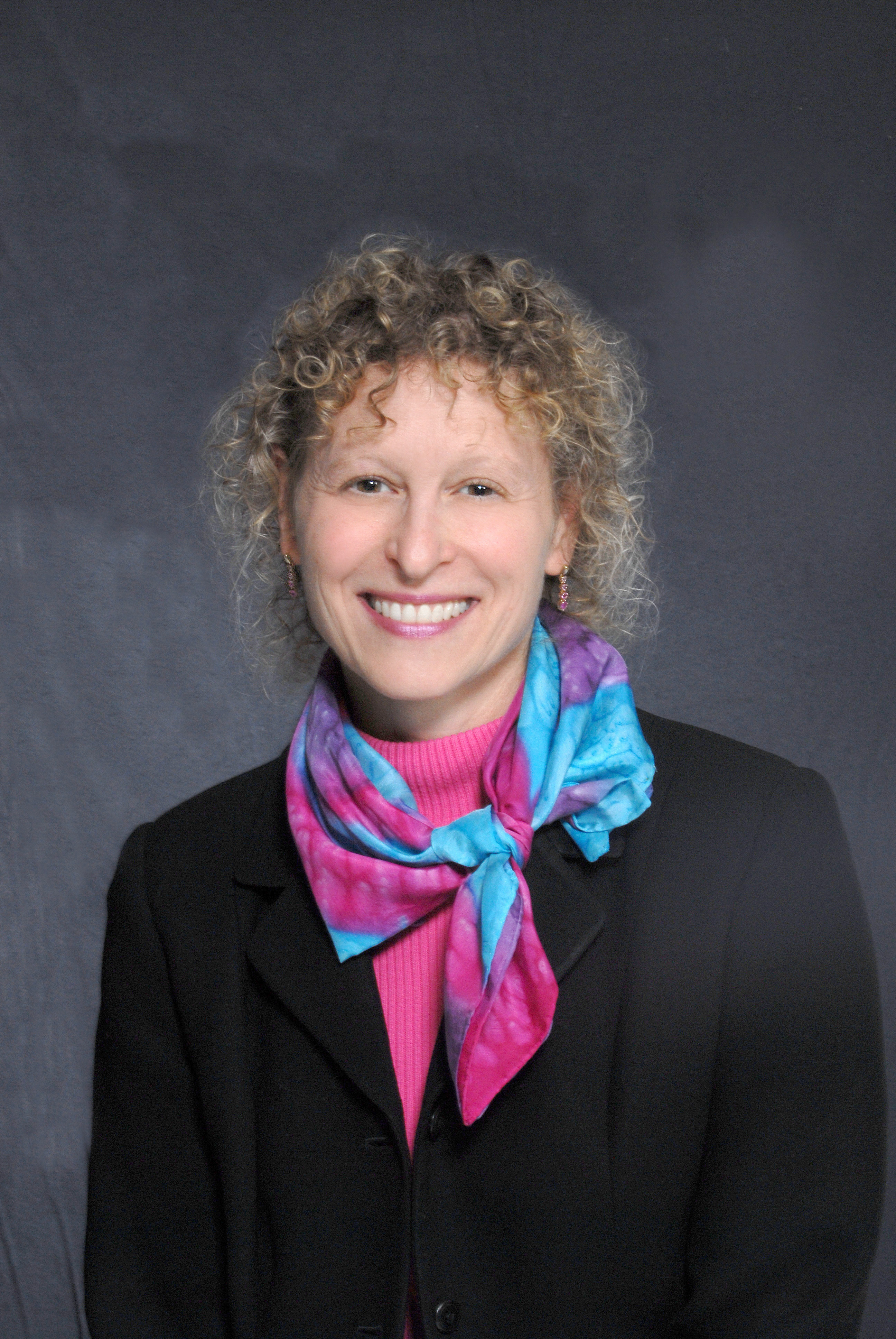Traditional eye exams with their familiar black letters on a white background are only one of the tests eye doctors use to diagnose conditions affecting vision and the eye itself.
Ophthalmologists can treat a range of illnesses, including glaucoma, macular degeneration, cataracts, diabetic retinopathy and even injuries to the eye caused by foreign objects.
Dr. Deborah J. Reeder, an ophthalmologist at Knox Community Hospital, specializes in treating such illnesses using medication or surgery.
“As a comprehensive ophthalmologist, I see all ages and a variety of conditions,” she told the Mount Vernon News. “We treat the whole gamut (of eye diseases), which is what makes it fun.”
Two of the primary conditions Reeder and her colleagues treat are cataracts and glaucoma. Cataracts occur when the lens of the eye becomes cloudy. Most often, cataracts occur in older people as part of the normal aging process, but many factors can contribute to cataract development.
“Certainly, with cataracts, age is a big risk factor, and it can run in families,” she said. “The biggest symptom with cataracts is decreased vision and glare.”
The common treatment for cataracts is to perform surgery to replace the damaged lens with a new, artificial one, thus restoring a patient’s vision.
“Glaucoma is another very common eye condition that we see,” Reeder said.
Glaucoma is caused when abnormally high pressure within the eye damages the optic nerve, according to MayoClinic.com, and approximately 3 million new cases are diagnosed each year.
“It is often asymptomatic,” she said. “This is one thing that can be picked up in an eye exam, so that's one reason why it's important to get (regular) exams.”
For a young, healthy person in their 20s, Reeder suggests a routine eye exam every one to two years.
“But as we get older, it's more common to get eye conditions, especially things like common cataracts,” she said. “So then a yearly eye exam would be recommended. If we're treating a condition, then it's going to be more frequent depending on what the condition is.”
Diabetes is another illness that can impact the eye. Elevated blood sugar levels can cause bleeding and damage the retina.
“You can't really do anything about age or family history, but the things that you can do to help with some of these conditions is not smoking, eating a good, balanced diet, protecting your eyes against UV light, controlling blood sugar and blood pressure.” Reeder said. “So that helps with the cataracts and macular degeneration.”
The symptoms that should raise a red flag with patients can be as simple as redness, pain around the eye, dryness of the eye and blurred vision. Those signals should prompt a visit to an ophthalmologist.
There, a specialist can measure the pressure within a patient’s eye and perform detailed scans of the interior of the eye and retina to determine what’s causing the problem.
“One technology that’s become new since I became an ophthalmologist is something called ‘optical coherence tomography,' which takes a cross-sectional view of the retina,” Reeder said.
This test is similar in concept to an ultrasound scan but uses light instead of sound waves to generate images.
“We’re able to see things in the retina that we weren’t able to see before,” she said.
If you are experiencing any pain or discomfort in the eye or have blurred vision, call Knox Community Hospital’s Department of Ophthalmology at 740-397-2425 to schedule an eye exam.







